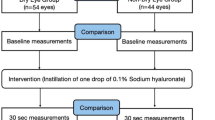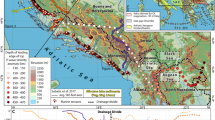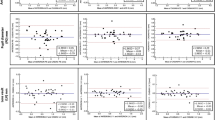Abstract
ALTHOUGH the etymology of the word theodolite has been discussed from time to time1, no satisfactory solution has hitherto been established. It was first used in England, and the earliest reference to it is contained in a book by Leonard Digges (completed and published by his son, Thomas) called “Geometrical practical treatize, named Pantometria, diuided into three bookes, longimetria, planimetria, and stereometria, &c.,” first published in 1571, with a second edition in 1591, wherein the “composition of the instrument called Theodelitus” is represented as a “circle diuided in 360 grades or degrees, or a semi-circle parted in 180 portions”; or again, “the composition also of the Square and Planisphere or Circle named Theodelitus for measuring lengthes, breadths, and distances”. It had a “double scale”, an “index”, “the sightes”, and the circle was 2 feet in diameter, and “fastened in the top of some staffe”. He does not state how the name was derived, and spells it “theodelitus” and “theodolitus” alternately. William Bourne (“Treasure for Travailers”, 1578) named the same instrument “horizontall or flatte sphere”, and not theodelitus; but when he speaks of the alidade he calls it only once alideday, but otherwise always athelida. After this de Morgan, who first discussed the derivation in the Philosophical Magazine, concluded that the “theodelited circle” of Digges, who, however, does not use that adjective, and “athelidated circle” of Bourne, were various corruptions of the Arabic word al-idhâda (a sort of rule), from which the word alidade, which carries the sights or telescope of a theodolite, is derived.
This is a preview of subscription content, access via your institution
Access options
Subscribe to this journal
Receive 51 print issues and online access
$199.00 per year
only $3.90 per issue
Buy this article
- Purchase on SpringerLink
- Instant access to full article PDF
Prices may be subject to local taxes which are calculated during checkout
Similar content being viewed by others
References
Philosophical Magazine, vol. xxviii. (1846), note by de Morgan, pn. 287–9. Poggendorff's Annalen. vol. cxxxiii. (1868), Pp. 192, 349. Zeitschrift für Vermessungswesen (1880). p. 55; (1883). p. 321; (1908), pp. 81–91 and 113–25. Vogler's Praktische Geometrie (1885) p. 361. Proc. Inst. C.E., vol. clxxiii. (1907–8), p. 339. Preussische Jahrbücher, note by Prof. Didolff, vol. cxvi. (1904), pp. 362–4.
Author information
Authors and Affiliations
Rights and permissions
About this article
Cite this article
MELVILL, E. Derivation of the Word "Theodolite". Nature 81, 517–518 (1909). https://doi.org/10.1038/081517b0
Issue date:
DOI: https://doi.org/10.1038/081517b0



